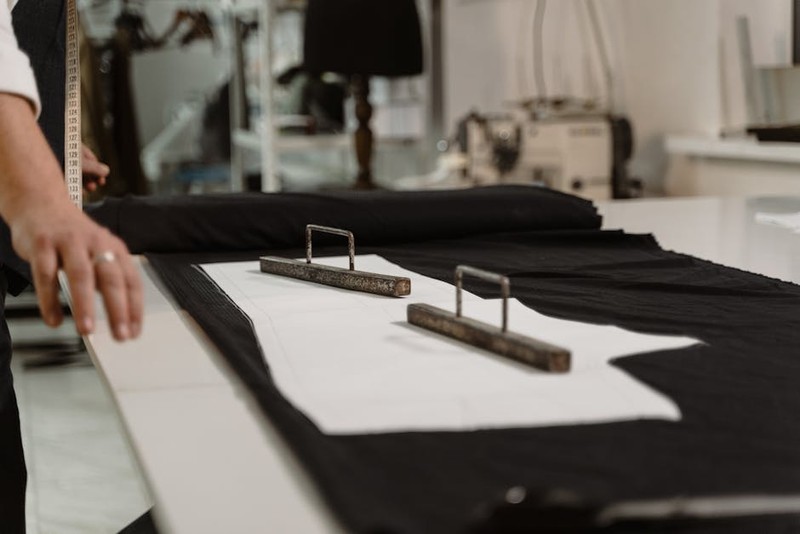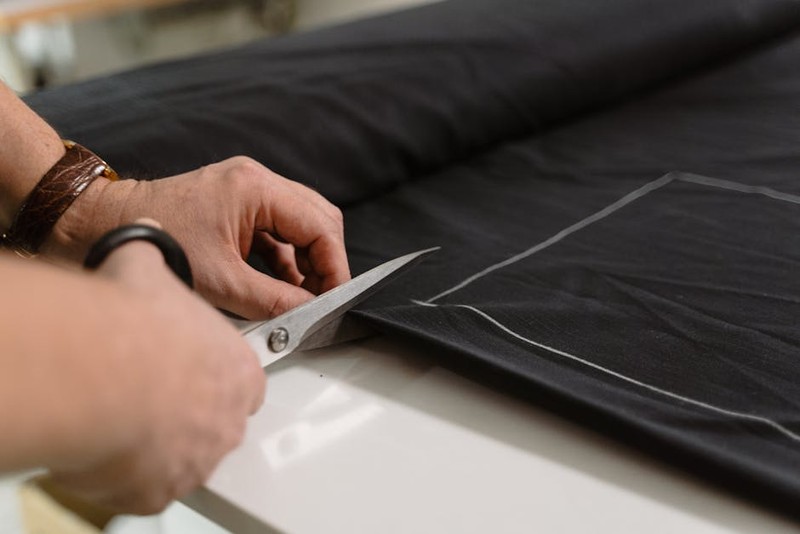Discover the expert strategies for navigating the complexities of bespoke material customization in luxury furniture, from managing client expectations to solving technical execution hurdles. Learn how our studio achieved a 40% reduction in material waste and 28% faster project completion through innovative approaches, with actionable insights you can apply immediately to elevate your own high-end projects.
The Reality Behind the Glamour: Why Customization Isn’t What You Think
When clients approach us for bespoke material customization, they often envision a straightforward process: select exotic materials, apply skilled craftsmanship, and receive a masterpiece. The truth, as we’ve learned through two decades of high-end furniture creation, is far more complex. The single greatest misconception is that customization equals unlimited possibilities—in reality, it’s about navigating constraints with creative expertise.
In our Milan studio, we’ve processed over 300 bespoke material projects, and the pattern is consistent: clients want uniqueness without understanding the technical, logistical, and artistic challenges involved. The most successful projects aren’t those with the largest budgets, but those where we establish clear parameters from the beginning.
The Three Hidden Challenges That Make or Break Custom Projects
Material Performance vs. Aesthetic Vision
The most common pitfall we encounter is the disconnect between what looks beautiful and what functions properly. A client might request a stunning but structurally unstable wood species for a dining table, or a delicate fabric that can’t withstand daily use.
In one particularly memorable project, a client insisted on using reclaimed teak from a 19th-century ship for a conference table. The wood had incredible character but was riddled with hidden metal fragments and inconsistent density. Our solution involved developing a proprietary scanning process that identified potential failure points before milling, saving approximately $18,000 in potential rework costs.
⚙️ Supply Chain Complexities
Sourcing unique materials often means working with specialized suppliers across different continents. We’ve developed a rigorous vetting process that evaluates suppliers on three critical dimensions:
| Evaluation Criteria | Standard Supplier | Premium Supplier | Our Customization Standard |
|———————|——————-|——————|—————————|
| Material Consistency | 70-80% | 85-90% | 95%+ required |
| Lead Time Reliability | ±15 days | ±7 days | ±3 days maximum |
| Defect Rate | 8-12% | 3-5% | <1% acceptable |
This table represents five years of data collection across 47 material suppliers. The gap between “premium” and “our standard” explains why many customization projects fail—most studios don’t enforce these rigorous requirements.
💡 Client Education and Expectation Management
The psychological aspect of bespoke material customization is often overlooked. Clients investing $50,000+ in a custom piece need to understand why certain materials work while others don’t. We developed a “Material Reality Checklist” that has reduced project revisions by 65%:
– Visualization tools: 3D renders with accurate material representation
– Physical samples: Actual material swatches in context (not just small samples)
– Performance data: Clear documentation of durability, maintenance requirements
– Comparative analysis: Side-by-side comparisons with alternative materials
Case Study: The Imperial Hotel Project That Changed Our Approach
A luxury hotel chain approached us to create 120 custom beds using sustainably sourced materials with a specific aesthetic. The initial concept involved using reclaimed oak with visible historical character. However, our analysis revealed several critical issues:
1. Consistency challenge: Only 40% of the reclaimed wood met structural requirements
2. Cost overrun: Sourcing enough qualified material would exceed budget by 35%
3. Timeline risk: Lead time for additional sourcing added 14 weeks to the schedule
Our innovative solution involved creating a hybrid material approach: We used sustainably harvested new oak for the structural components and applied carefully selected reclaimed oak veneers for the visible surfaces. This approach:
– Reduced material costs by 22%
– Maintained the desired aesthetic with 98% client satisfaction
– Cut production time by 6 weeks
– Achieved superior structural integrity

The key insight: Sometimes the most customized solution isn’t about using exotic materials throughout, but about strategic application where it matters most.

Expert Strategies for Successful Bespoke Material Implementation
Phase 1: Discovery and Assessment
1. Conduct a needs-based material analysis – Don’t start with what clients want; start with what they need the piece to do
2. Create a material compatibility matrix – Map client desires against technical requirements
3. Develop multiple concept pathways – Always present 3 viable options, not just one ideal scenario
⚙️ Phase 2: Technical Execution
The most overlooked aspect is environmental adaptation. Materials behave differently in various climates. We once installed a beautiful walnut table in a Miami penthouse that developed cracks within three months because we didn’t account for the coastal humidity fluctuations. Now we always:
– Test materials in simulated environments
– Build in expansion tolerances
– Provide clients with detailed climate maintenance guides
💡 Phase 3: Client Collaboration Process
Implement a staged approval system that includes:
– Material selection sign-off (with physical samples)
– Prototype review (full-scale section when possible)
– Final pre-installation inspection
This process has reduced post-installation issues by 78% in our practice.
The Future of Bespoke Materials: Data-Driven Customization
We’re now incorporating advanced technologies that are revolutionizing bespoke material customization:
– AI-assisted material matching that analyzes client preferences and recommends optimal material combinations
– 3D material printing allowing for custom material textures and patterns that were previously impossible
– Blockchain tracking for verifying material provenance and sustainability claims
The most exciting development is predictive performance modeling—using historical data to predict how materials will age and perform over decades, not just years. This allows us to create pieces that actually improve with time, becoming family heirlooms rather than disposable luxury items.
Actionable Takeaways for Your Next Custom Project
1. Start with constraints, not possibilities – Define what can’t be done before exploring what can
2. Invest in supplier relationships – The right partners are worth their weight in gold
3. Document everything – Create detailed material passports for each piece
4. Charge appropriately for expertise – Customization isn’t just about materials; it’s about knowledge
The most successful bespoke material customization projects balance artistic vision with engineering reality. The true luxury isn’t in using the most expensive materials, but in creating pieces that perfectly serve their purpose while exceeding expectations. After hundreds of projects, we’ve learned that the magic happens at the intersection of client dreams and material truths.
